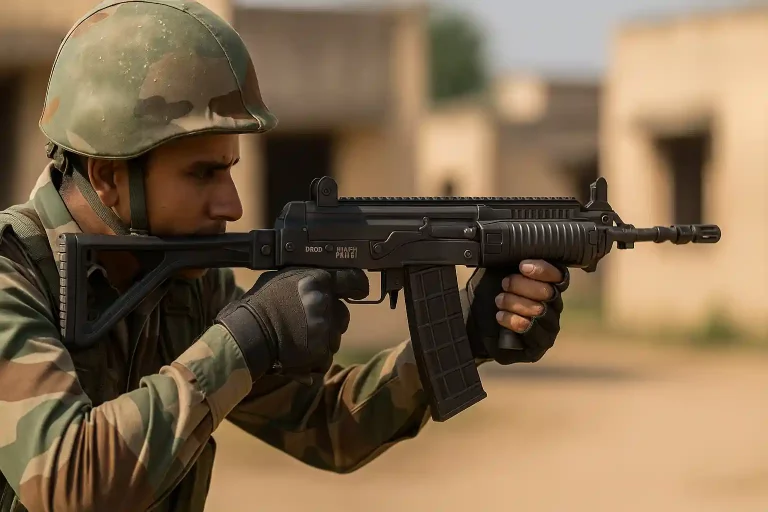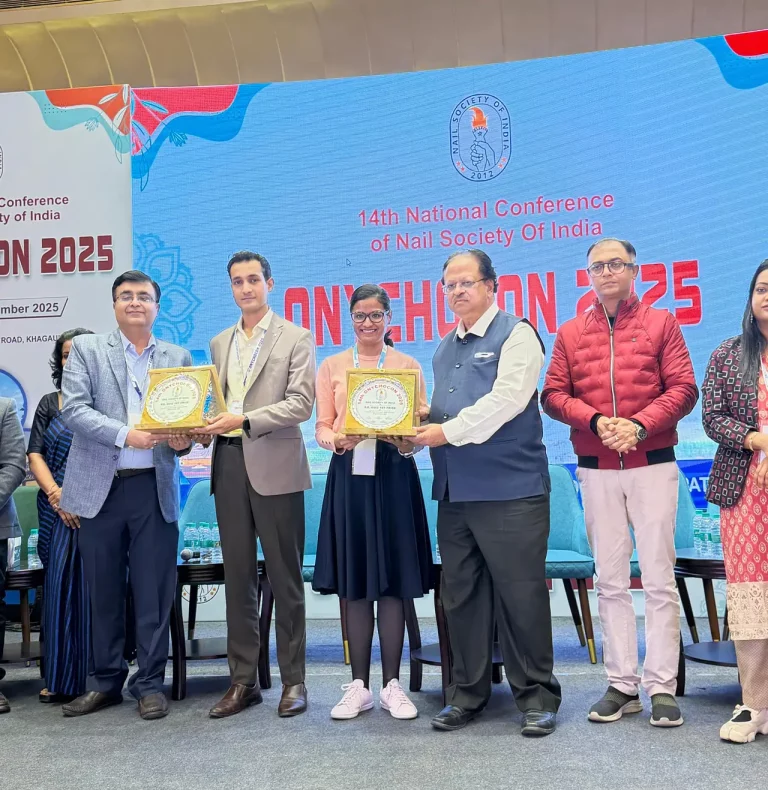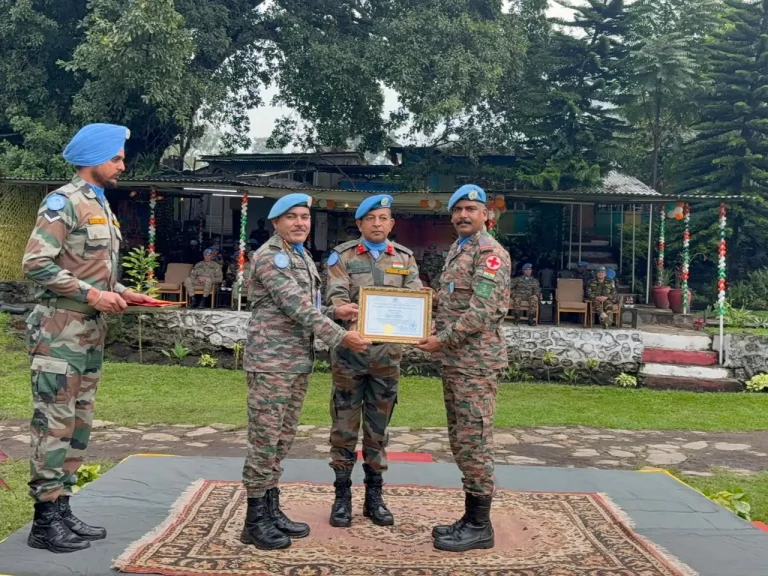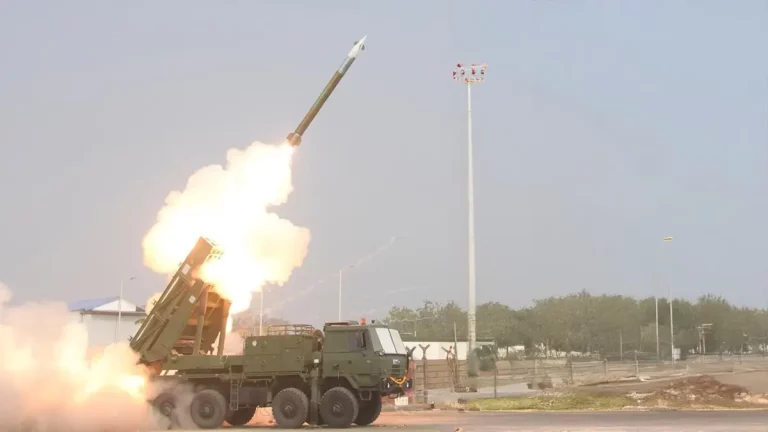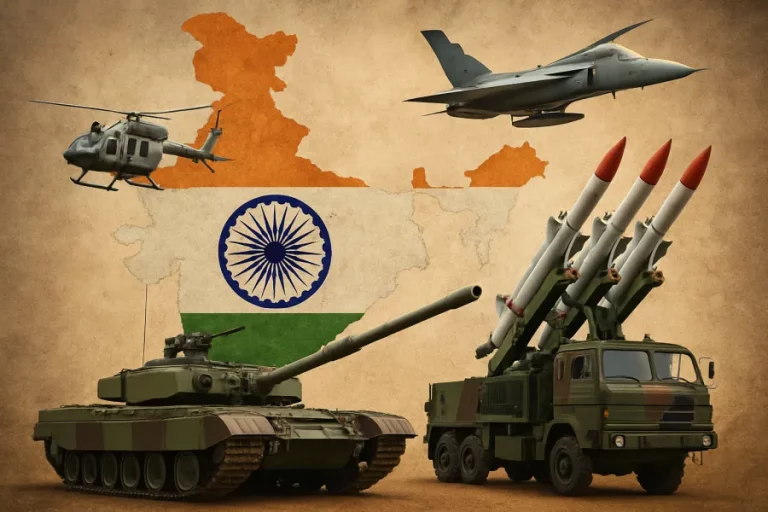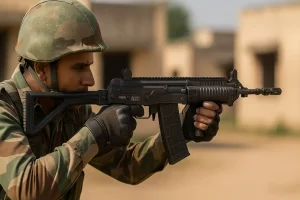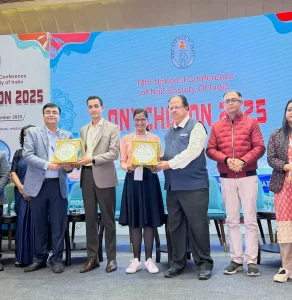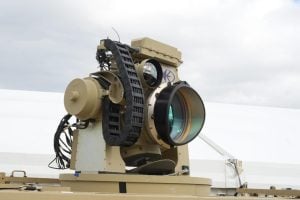In a major accomplishment for India’s defense capabilities, the Defence Research and Development Organisation (DRDO) has completed successful flight trials of the third version of its Unmanned Aerial Vehicle-Launched Precision Guided Missile (ULPGM-V3). The trials took place at the National Open Area Range (NOAR) in Kurnool, representing a significant step forward in enhancing India’s precision strike capabilities via indigenous unmanned systems.
The ULPGM-V3 is an advanced version of its predecessor, the ULPGM-V2. This upgraded missile features a high-definition dual-channel seeker that enhances its ability to strike a variety of targets with remarkable accuracy. Designed for versatility, the ULPGM-V3 can operate effectively in both flat and high-altitude environments, equipped with capabilities for day-and-night targeting. Additionally, it boasts a two-way data link that allows for updates to the aim-point even after the missile has been launched.
A notable aspect of the ULPGM-V3 is its modular warhead design, which offers three distinct configurations. These include an anti-armour warhead capable of penetrating cutting-edge armor systems, a penetration-cum-blast warhead optimized for bunker-busting missions, and a pre-fragmentation warhead which ensures a broad lethality zone against soft targets.
The recent trials specifically tested the missile’s anti-armour configuration. The missile was launched from a UAV developed by Bengaluru-based start-up Newspace Research Technologies. The DRDO has collaborated with various Indian enterprises to integrate the ULPGM systems with long-range and high-endurance drones, enhancing capabilities in precision warfare.
This initiative is a result of collaborative efforts involving multiple DRDO laboratories, including the Research Centre Imarat (RCI), Defence Research and Development Laboratory (DRDL), and Terminal Ballistics Research Laboratory (TBRL), among others. The program has also seen contributions from Development-cum-Production Partners (DcPPs) like Adani Defence and Bharat Dynamics Limited (BDL), in addition to over 30 Indian MSMEs and start-ups, all of which played vital roles in achieving successful development and testing of the missile.
In a statement, Defence Minister Rajnath Singh extended his congratulations to the DRDO and its industrial partners, highlighting the trials as a demonstration of India’s burgeoning capability to absorb and develop advanced defense technologies. Dr. Samir V Kamat, Secretary of the Department of Defence R&D and Chairman of DRDO, also commended the teams involved, noting that the development of indigenous weapons is crucial for bolstering national security in today’s strategic landscape.
The successful trials of ULPGM-V3 not only enhance India’s offensive capabilities but also align with the country’s broader ambition for self-sufficiency in defense manufacturing, particularly under the Atmanirbhar Bharat initiative.



